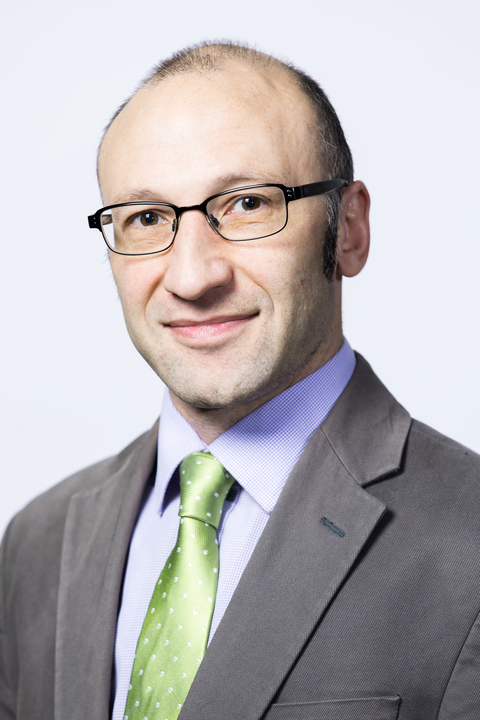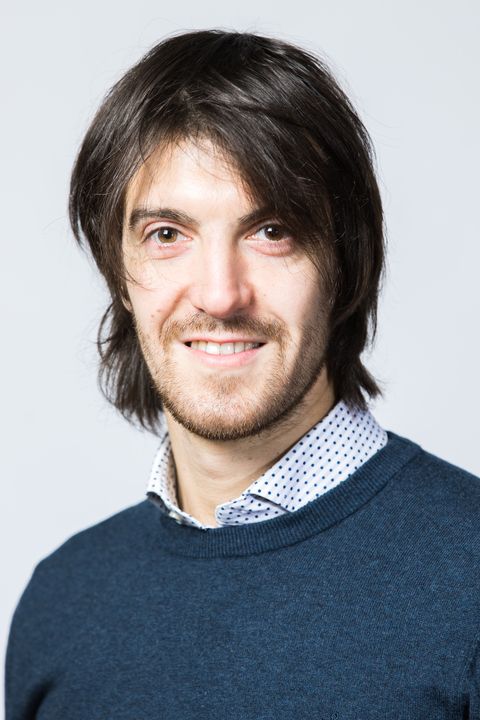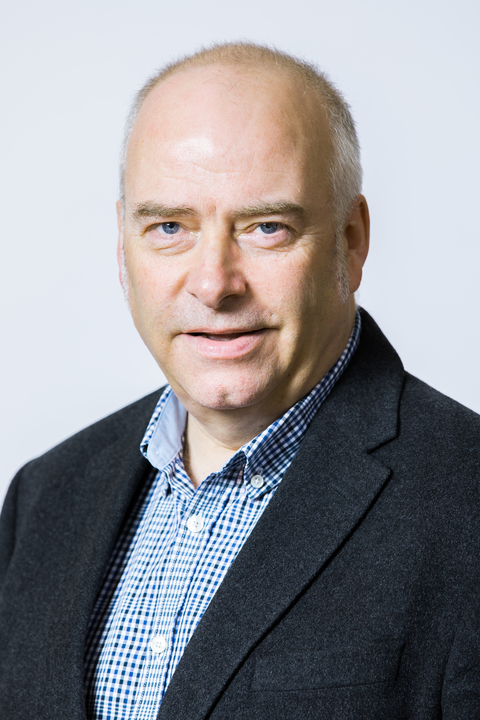
Materials and Processes

My group specializes in molecular simulation in application to chemical engineering problems, material science and bimolecular systems.
Over the last 50 years, since the first Monte Carlo simulations by Metropolis and co-workers, molecular simulations have been playing an increasingly important role in a range of research areas, from thermodynamic properties of matter to material design and drug discovery.
There are several reasons for this. Simulations often provide an efficient alternative to experiments when conditions of interest are difficult or expensive to achieve (such as extreme pressures and temperatures); moreover, we can consider a much larger number of systems and conditions, thus significantly reducing the optimization cycle. Using computers one can imagine unphysical, chimerical systems, properties of which nevertheless may provide an important thermodynamic insight.
This "what if?" approach has been particularly useful in proposing new materials and structures for specific applications. Most importantly, molecular simulations provide a unique look at the system on a detailed molecular scale, thus underpinning physical effects responsible for its behaviour.
Sarkisov Research Group
- PhD in Chemical Engineering, University of Massachusetts, Amherst, 2001
- BSc/MSc in Powder Technologies and Composite Materials, Moscow Lomonosov Academy of Fine Chemical Technologies, 1995/97
- Director of MSc programme in Advanced Chemical Engineering
- Molecular Thermodynamics CHEE11020
- Senior personal tutor for Chemical Engineering
- Third year abroad programme coordinator
- Molecular thermodynamics and simulation
- Adsorption in porous materials
- Material informatics and computational structure characterization
- Interaction of nano-objects with model biological membranes
- Member of the International Adsorption Society
- Editorial boards: Molecular Simulation, Adsorption Science and Technology

- PhD in Chemical Engineering, University of Edinburgh, United Kingdom, 2012
- Laurea summa cum laude in Chemical Engineering, University of Palermo, Italy, 2009
- Adsorption and diffusion in nanoporous materials
- Characterisation of porous solids
- Carbon capture
- Member International Adsorption Society
- Member American Institute of Chemical Engineers
- Member American Chemistry Society
- Review Editorial Board of Advanced Fossil Fuel Technologies

